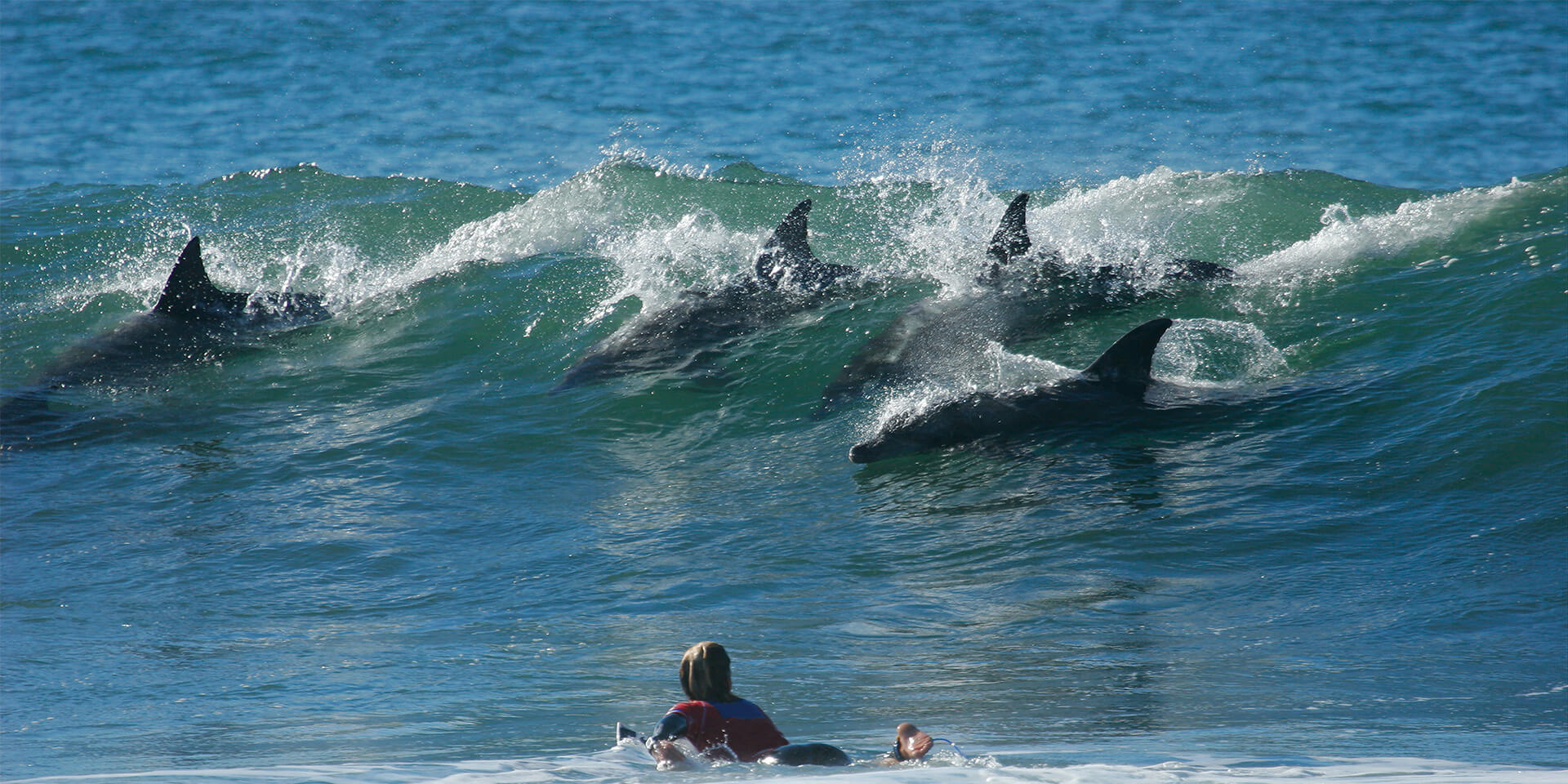Highlights from Recent Research Grants
With a relatively modest budget, our Grants and Research program has filled an important and unique niche in marine mammal research for many years, funding novel, low-cost, small-scale projects to help us carry out our responsibilities under Title II of the Marine Mammal Protection Act. In many cases, small investments of $10-20,000 have served as seed money for new initiatives and concept projects, which often cannot find a funding source given the small-scale or novelty. This page highlights a few projects we have supported in the recent past.
Effectiveness of Fishing Prohibition Zone to Protect Mediterranean Monk Seals in Cabo Blanco (Mauritania/Morocco)
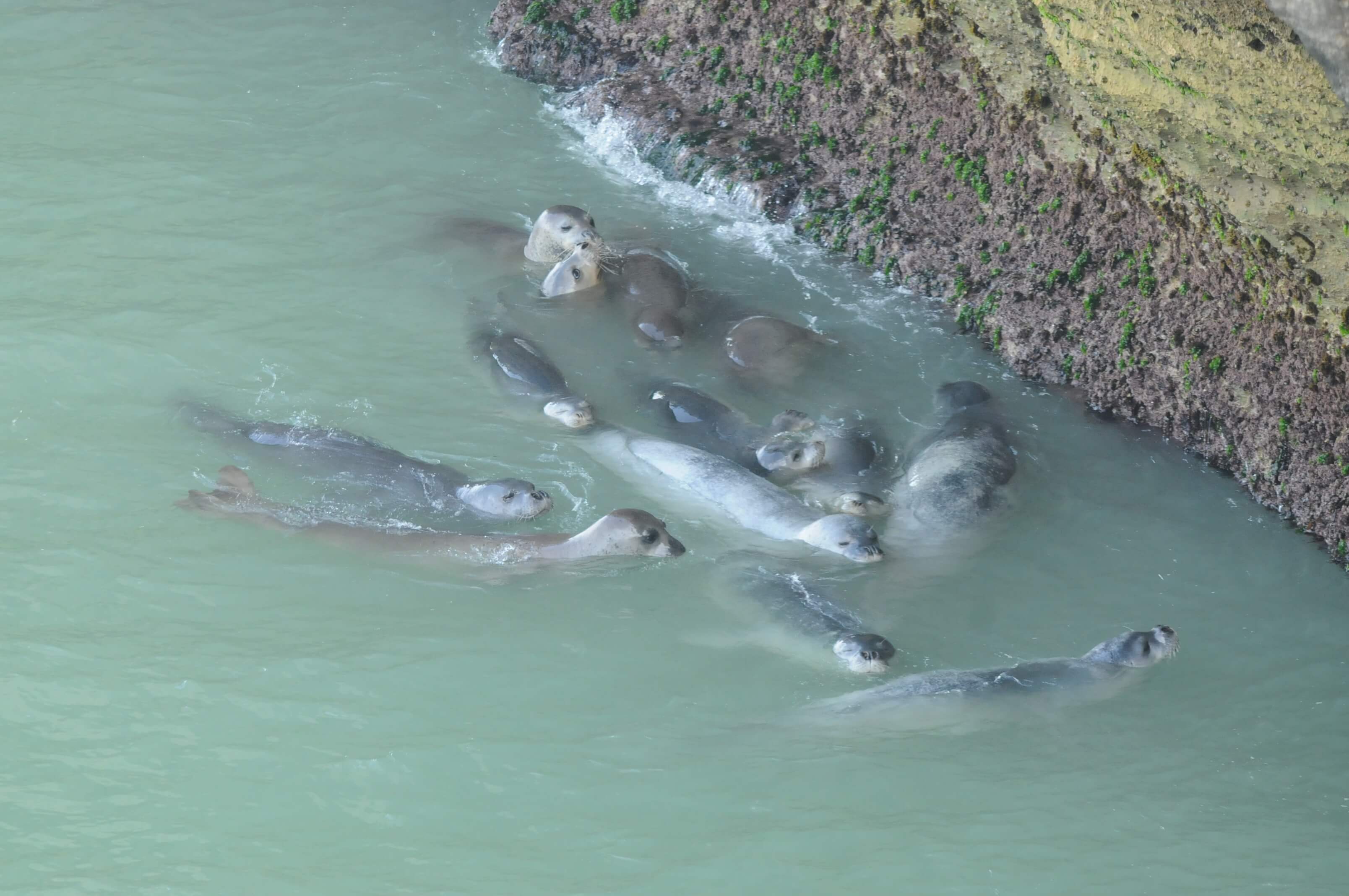
A group of Mediterranean monk seals in the water (Credit: M. Haya, CBD-Habitat).
The Mediterranean monk seal is considered endangered with an estimated population of about 700 remaining. In 1993, a Fishing Prohibition Zone (FPZ) was enacted by the Kingdom of Morocco in the Cabo Blanco Peninsula to protect the largest surviving colony of monk seals. Though this was a step toward the right direction, the FPZ provides temporary protection, requiring renewal every ten years. Therefore, one of the key conclusions drawn from this study is the need for a permanent protection zone to help guarantee the survival of the Cabo Blanco monk seal and the species as a whole.
The authorities of Morocco, Mauritania, Portugal, and Spain established an Action Plan for species conservation in the eastern Atlantic in 2007, specifying that all conservation and research actions must be non-invasive in nature.

The Mediterranean monk seal field team had to scale cliffs to access the animals (Credit: Olga Muñoz, CBD-Habitat).
The authors of this study recommend many standards for GPS tagging methodologies to be used when studying the seals. Individual monk seals in this colony rest in groups along the cliffside beaches in three main caves. Thus, any intervention to capture, immobilize, or sedate a seal would result in a high level of disturbance of the other seals nearby, which is deemed unacceptable under the terms of the Action Plan.
To abide by all the rules and regulations, researchers developed ankle bracelets, which are used to fasten Fastloc™ GPS location devices on the seals’ ankles while they sleep inside the caves without disturbing the resting seals. Scientists used these tags to remotely collect data on the movements and foraging areas of Mediterranean monk seals, and these data were used to determine the effectiveness of the FPZ to protect monk seals.
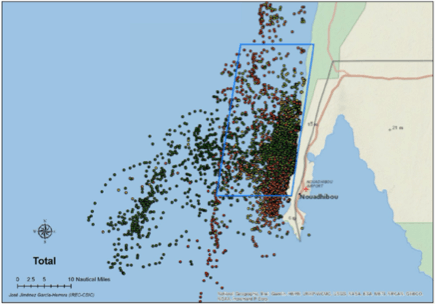
Map showing all obtained locations from Fernández de Larrinoa’s FY18 research project (blue rectangle represents FPZ).
Once all the GPS locations were obtained, it was revealed that 87.3% of the data points representing movements of seals occurred within the FPZ, and the remaining 12.7% were outside that area. These data suggest the designated FPZ is effective in protecting monk seals from entanglement in fisheries and support the establishment of a permanent FPZ to further monk seal conservation actions for this population.
Antillean Manatee in Cuba

Project lead, Anmari Alverez, conducting research awarded in fiscal year 2017.
Populations of the Antillean and Florida manatees are predicted to decline over 20% across the next two generations because of future changes in warm-water habitats, illegal hunting, incidental fishing-related mortalities, increasing watercraft traffic, pollution, and other human disturbances. Antillean manatees, distributed throughout the Caribbean, are especially at risk in countries where threats persist, enforcement is minimal, and scientific data are limited or missing. This situation is of particular concern in places where effective conservation actions have not been established and thoughtfully implemented based on scientific data and stakeholder engagement. In Cuba, most information about manatees is obtained from interviews with fishers, as well as from isolated aerial and boat surveys.
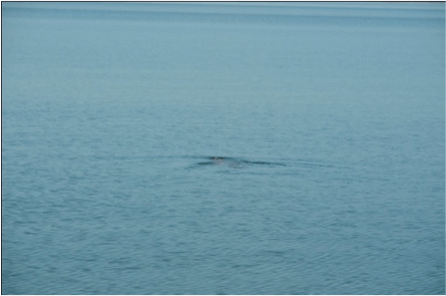
An offshore spotting of an Antillean manatee (Credit: Alemán, A. & Powell, J.).
In addition to genetic studies, boat surveys were conducted inside the limits of the Lanzanillo Pajonal Fragoso Marine Protected Area to locate manatees and evaluate sources and levels of human disturbance. Four expeditions were conducted from December 2017 to August 2018. This project served as a scoping study for planning additional detailed surveys in the future.
Preliminary genetic results show that there is low genetic diversity in Cuban manatees, suggesting a relatively isolated population and lower adaptive potential. This low genetic diversity can make small populations such as the Cuban manatee more vulnerable to human-caused threats, such as fisheries-related mortality and hunting, and can have a greater negative impact on the conservation status of threatened species. . Initial results from this study provide a scientific basis for reassessing and better implementing management and protection efforts (e.g., designing and planning for Marine Protected Areas) for conservation of this species in Cuba and in other Caribbean countries.
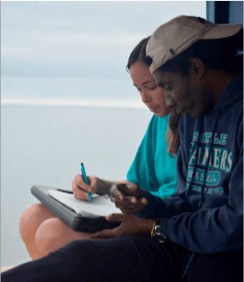
Researchers recording data for Antillean manatee project.
The Commission funded the Clearwater Marine Aquarium Research Institute (former Sea to Shore Alliance) to better understand the manatee population in Cuba through a research study conducted in a region where human threats are the primary cause of serious injury and mortality for this species. The objective is to analyze the genetic structure of the Cuban manatee population as it relates to other populations throughout its range.
Ropeless Fishing Prototype
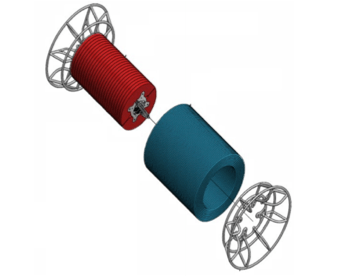
Engineering design of the floatation spool prototype developed with fiscal year 2016 Commission funds (WHOI).
Collaborative efforts to develop designs and test the feasibility of “rope-less fishing” technologies have advanced the possibility of engineering gear and systems that would enable pot fisheries to continue to operate, but also allow for greater protection of whales by significantly reducing the amount of vertical line in the water column, and thus reducing the likelihood for whale entanglement. Currently, at least six design concepts exist, and more are in development. This study supports the design of an “on-call” buoy, which involves securing the ropes around a spool deployed near the pots on the seafloor. This equipment is triggered by use of a timed acoustic release device, which sends an acoustic signal to the equipment on the seafloor, resulting in the buoy being released to the surface on-demand for hauling pots.
Initial tests of this equipment were conducted at the dock. The objective of this grant became ensuring that the units were functioning reliably before deploying them at sea, which is just one of many challenges that “rope-less fishing” must overcome before widespread use. Additional funding for this project was awarded from NOAA’s Bycatch Reduction Engineering Program to work collaboratively with lobster/ crab fishermen to test the spool devices in a variety of fishing conditions and gear configurations in both shallow and offshore waters. Once fully operational, “rope-less fishing” would likely eliminate the risk of entanglement for the critically endangered NARW.
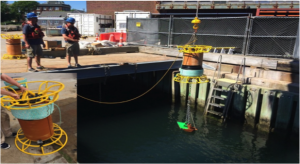
The prototype testing process occurred at WHOI, Woods Hole, MA.
Entanglement in fishing gear is a conservation concern impacting all 14 species of baleen whales. Large whale entanglements in fishing gear are frequently reported from the Atlantic, Pacific, and Indian Oceans, indicating that the phenomenon is a global issue. Pot and gillnet fisheries use ropes which can cause fatal entanglements for many species of marine mammals and leatherback sea turtles. Entanglement in the vertical lines connected to pots are a major threat to population recovery for baleen whales, especially for the North Atlantic right whale (NARW) with only 400 individuals remaining. Though many regulatory actions have been implemented or are currently being proposed such as weak links, sinking groundline, geographic areas closed to fisheries, and reduction in the numbers of vertical lines deployed in the water column, the rate and severity of serious and fatal NARW entanglements has been increasing. From 2017 to 2019, NARW mortality surged, resulting in NOAA declaring an unusual mortality event based on records of at least 30 confirmed deaths in Canada and the U.S.
